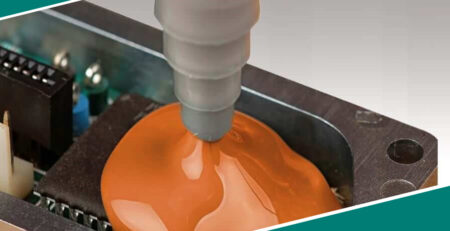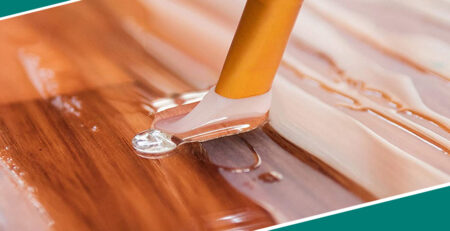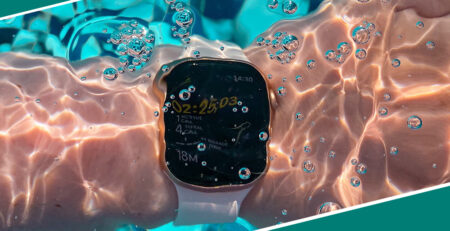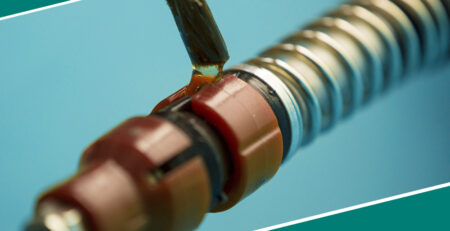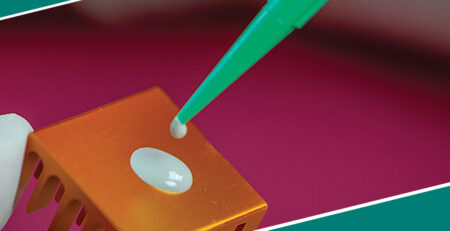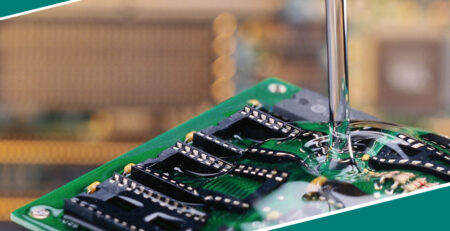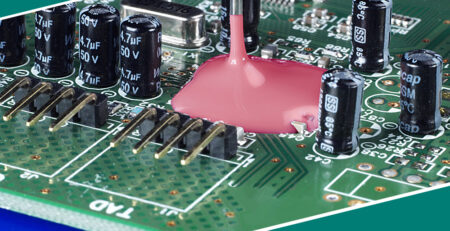Enhancing Bond Strength with Low Temperature Epoxy Adhesive: Tips and Techniques
Enhancing Bond Strength with Low Temperature Epoxy Adhesive: Tips and Techniques
In industrial and DIY projects, the strength of an adhesive bond is paramount, especially when working under challenging conditions such as low temperatures. Epoxy adhesives, known for their robustness and versatility, can sometimes underperform in colder environments unless properly managed.
This article delves into the world of low temperature epoxy adhesives, offering essential tips and techniques to enhance bond strength even in cooler settings. From surface preparation to the correct application methods, we will guide you through the best practices to ensure your adhesive joints are durable and reliable, regardless of the ambient temperature.
Understanding the Benefits of Low Temperature Epoxy Adhesives
One of the primary benefits of low temperature epoxy adhesives is their ability to bond materials effectively at lower temperatures. Traditional epoxy adhesives often require warmer conditions, typically above 20°C (68°F), to achieve optimal curing and bond strength. In contrast, low temperature epoxy adhesives are formulated to work well even in chilly environments, making them suitable for a wider range of applications and climates.
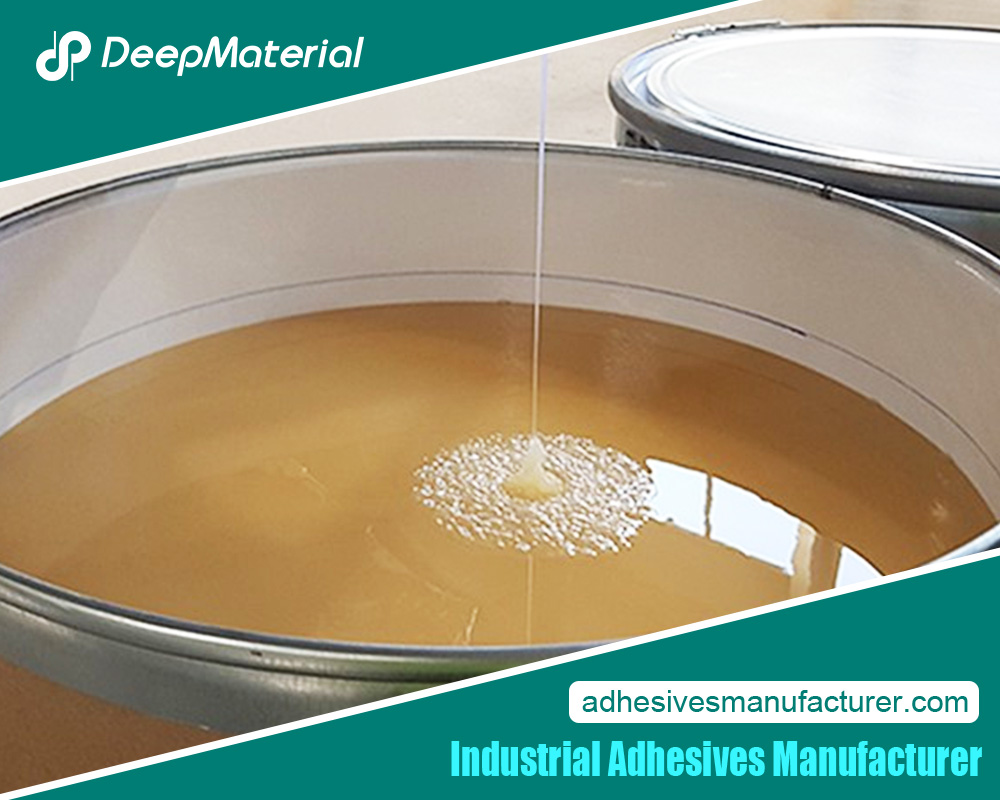
Another key advantage of low temperature epoxy adhesives is their improved flexibility and impact resistance. These adhesives are designed to maintain their structural integrity and resist cracking or brittleness, even when exposed to thermal stresses or mechanical forces. This enhanced flexibility and impact resistance can be particularly beneficial in applications where the bonded components may experience vibrations, impacts, or temperature fluctuations, such as in the automotive, marine, or construction industries.
The versatility of low temperature epoxy adhesives is another significant advantage. These adhesives are suitable for bonding a wide range of materials, including metals, plastics, composites, and even some natural materials. This broad compatibility allows professionals and DIY enthusiasts to utilize low temperature epoxy adhesives in a diverse array of applications, from repairing outdoor equipment to assembling electronic components.
By understanding the benefits of low temperature epoxy adhesives, users can make informed decisions about the most appropriate adhesive for their specific needs, ensuring the success and longevity of their projects.
Surface Preparation: Key to Achieving Strong Bonds
Proper surface preparation is a critical step in achieving strong and durable bonds with low temperature epoxy adhesives. The quality of the bond between the adhesive and the substrate is directly influenced by the condition and cleanliness of the surfaces being joined.
Thorough cleaning and degreasing of the surfaces are essential to remove any contaminants, such as oils, grease, or dirt, that could interfere with the adhesive’s ability to form a strong bond. The specific cleaning techniques may vary depending on the substrate material, but common methods include using solvents, detergents, or abrasive cleaning pads. It is important to follow the manufacturer’s recommendations and ensure that the surfaces are completely dry before applying the adhesive.
In addition to cleaning, roughening or etching the surface can significantly enhance the mechanical interlocking between the adhesive and the substrate. This can be achieved through various methods, such as sanding, bead blasting, or chemical etching, depending on the material and the desired level of surface roughness. By creating a more textured surface, the adhesive can better penetrate and grip the substrate, leading to a stronger and more durable bond.
Proper surface preparation is a crucial step that should not be overlooked when working with low temperature epoxy adhesives. By taking the time to clean and prepare the surfaces thoroughly, users can ensure that the adhesive forms a strong and lasting bond, even in challenging low-temperature environments.
Mixing and Application Techniques for Low Temperature Epoxy
Getting the best out of low temperature epoxy adhesives means you’ve got to nail the mixing and application techniques. Making sure you mix the components properly is crucial for letting the adhesive do its thing—cure and bond just right.
Most low temperature epoxies are a two-part deal; they come with a resin and a hardener. It’s super important to stick to the manufacturer’s mixing ratio. If you go off-script with the proportions, you might end up with an adhesive that doesn’t set right, which could mean weaker bonds or a total bonding flop.
Not just the ratio, but how you mix matters too. A thorough mix using a clean, flat tool or a mixer ensures the resin and hardener blend well. This means no lumpy bits and an even cure, giving the adhesive its full strength.
You also need to keep an eye on the pot life and working time—especially since these adhesives have a shorter window to work with in cooler temps. Stick to the recommended times to make sure you use the adhesive when it’s at its best.
And when it comes to slapping it on, tools like a spatula, brush, or a special applicator help get a smooth, even layer that’s free from air gaps. This all helps make sure your bond is strong and lasts.
Curing Considerations for Low Temperature Epoxy Adhesives
Curing low temperature epoxy adhesives is all about understanding how they harden to make sure you get a solid bond. Unlike regular epoxies that like it warm, these are made to set well even when it’s a bit chilly.
The curing game is affected by the temperature around, the adhesive’s formula, and how thick you’ve applied it. In the cold, curing slows down because the chemical reactions take their time. It’s crucial to give it enough time to harden fully before the bonded parts are put to the test.
Sometimes, you might want to speed up the curing with a heat lamp or slow it down to fit your work pace. Whether you’re speeding up or slowing down, knowing how to control the cure lets you finish your project just right.
Maximizing Adhesion: Factors to Consider
The main aim with low temperature epoxy adhesives is to achieve a bond that’s both strong and durable. But, several things can affect how well the adhesive sticks and holds.
First up, make sure the adhesive and the materials you’re bonding are a good match. While low temperature epoxies are pretty versatile, checking compatibility or doing a test run can save headaches later.
The environment plays a big part too. Cold and damp can mess with how the adhesive sets and sticks. Managing these conditions, like working in a controlled space or prepping the surfaces, can make a big difference.
And don’t forget about primers or surface treatments. Using a primer can improve how the adhesive spreads and sticks, while treatments like plasma can beef up the bond by changing how the surface interacts with the glue.
Keeping these factors in mind helps you get the most out of your adhesive, ensuring it sticks around for the long haul.
 Wrapping Up
Wrapping Up
In conclusion, low temperature epoxy adhesives are a powerful tool for overcoming bonding and assembly challenges, particularly in cooler settings. With the insights from this article, users can confidently use these adhesives to create stronger, more durable, and longer-lasting bonds, driving innovation and success in their various endeavors.
For more about enhancing bond strength with low temperature epoxy adhesive: tips and techniques, you can pay a visit to Deepmaterial at https://www.adhesivesmanufacturer.com/ for more info.



